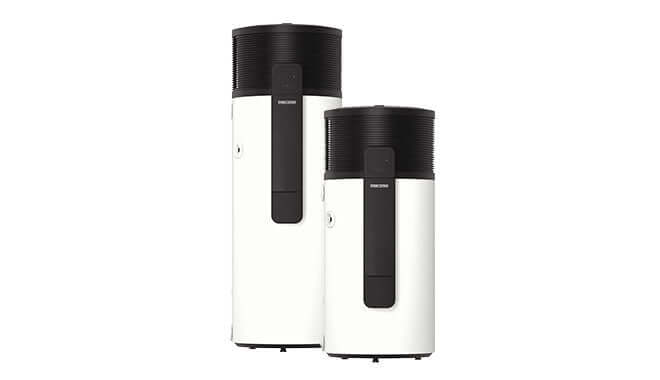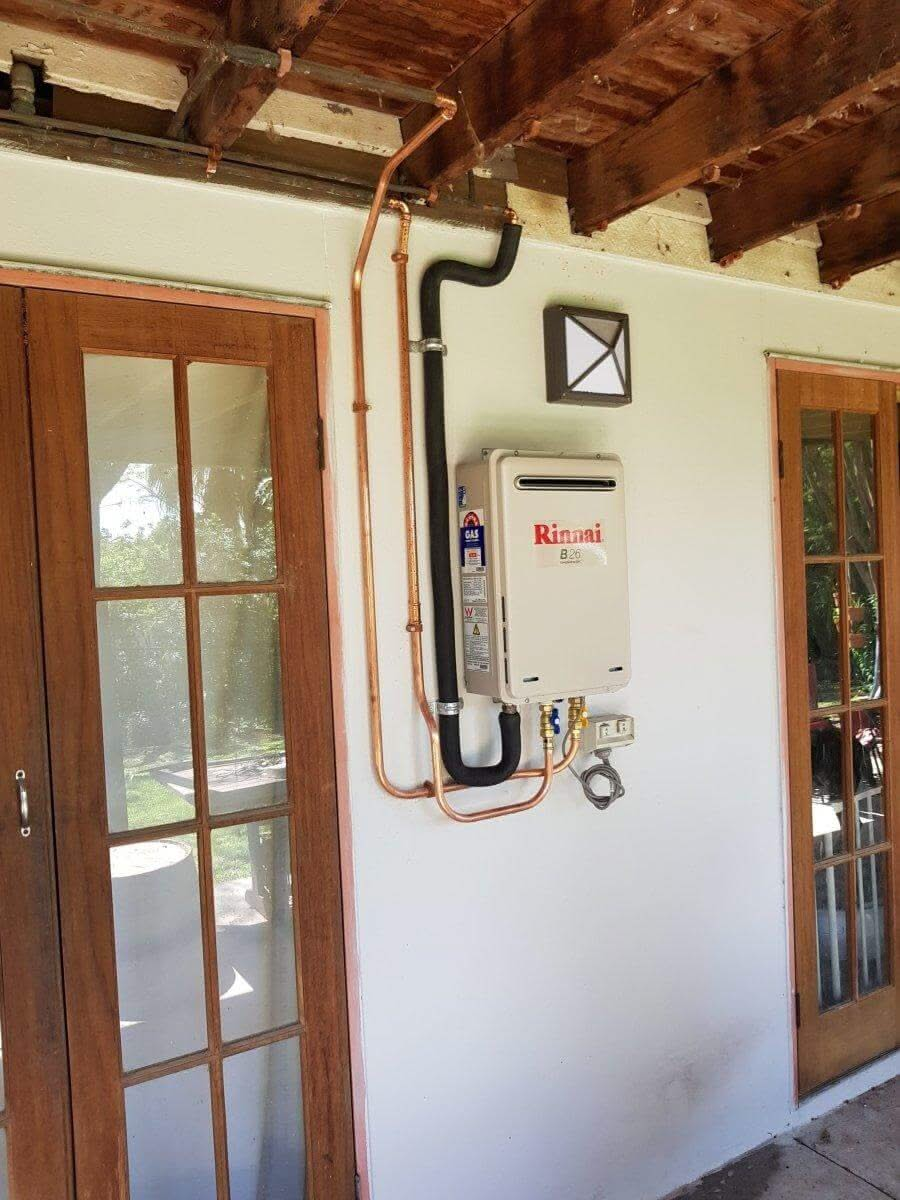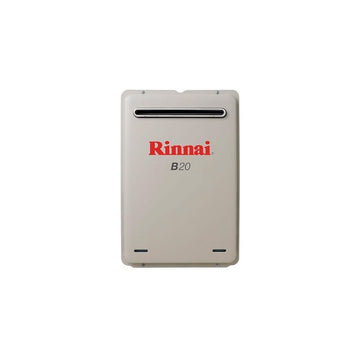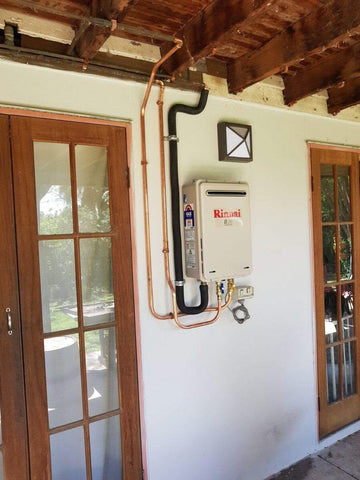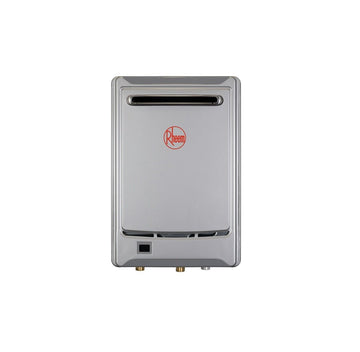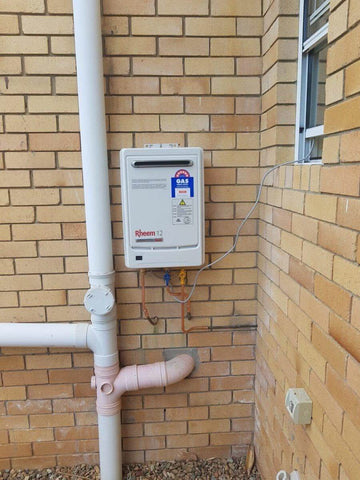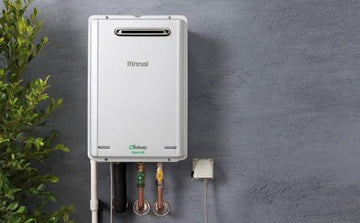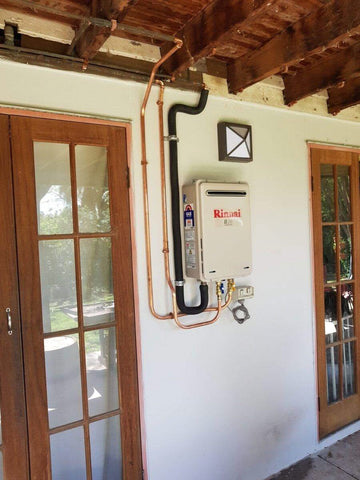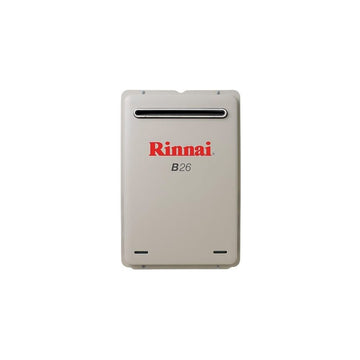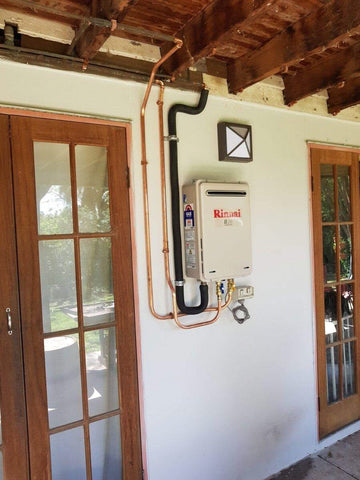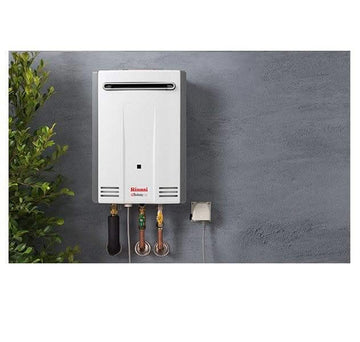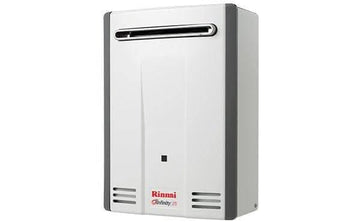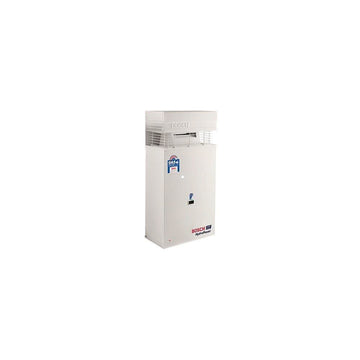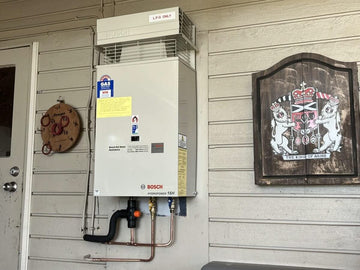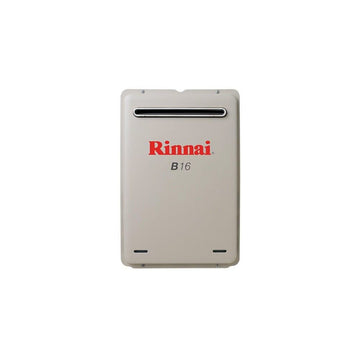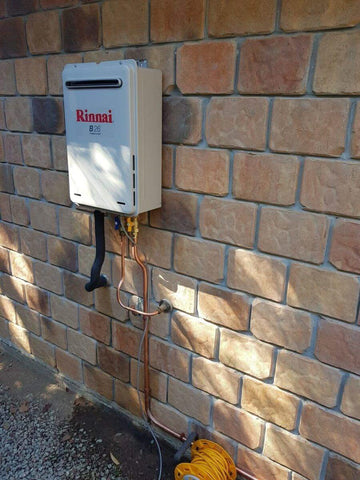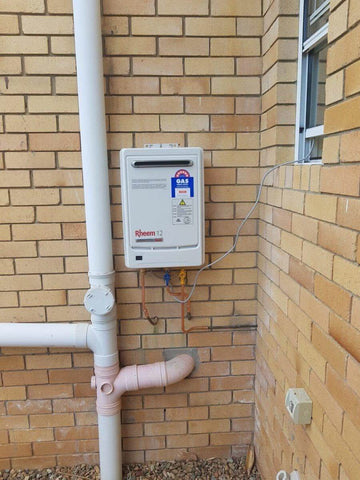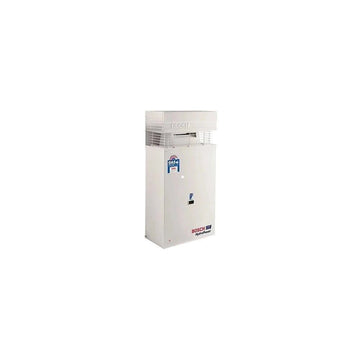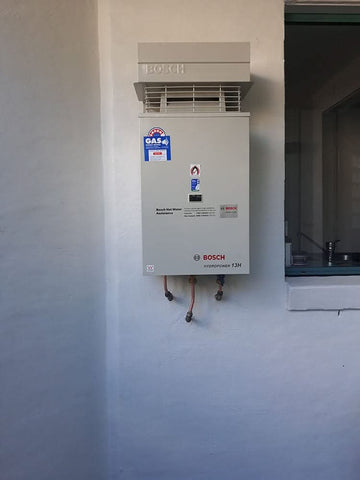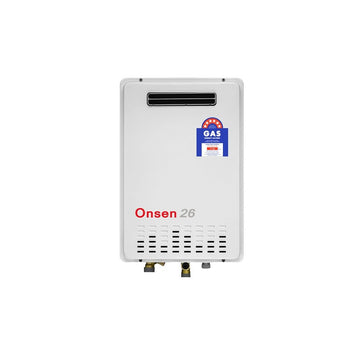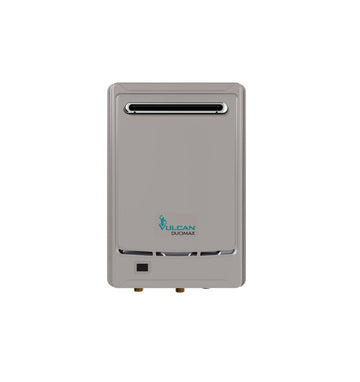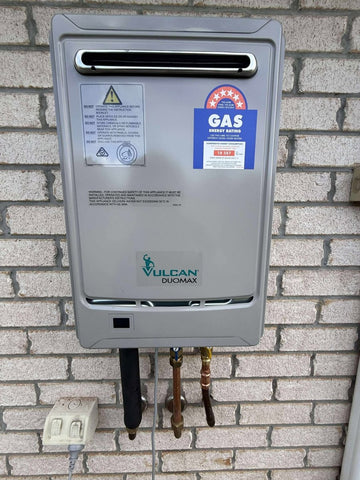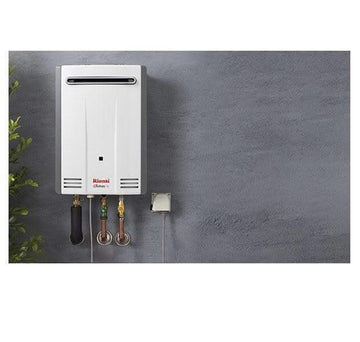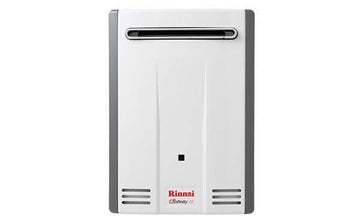Why Do I Have No Hot Water? Causes, Fixes & When to Call a Pro
Experiencing the shock of a cold shower? You’re probably wondering: why is there no hot water? Don’t panic—many causes are simple and fixable. This guide explores the most common reasons your hot water has stopped and offers clear, step-by-step solutions without the jargon.
Common Causes of No Hot Water
Faulty Electric Heating Elements
When electric elements fail, your water won’t heat.
-
Test with a multimeter for continuity
-
Replace the element if needed
See top electric hot water systems designed for easy replacement and better reliability.
Gas Supply Problems
For gas systems, check:
-
If the gas valve is open
-
Whether the pilot light is lit
-
Thermocouple functioning properly
Explore high-performance instant gas hot water systems like Rinnai and Rheem.
Malfunctioning Thermostat
Your thermostat could be set incorrectly or broken.
-
Reset the high-temp cutoff switch
-
Replace if temperature readings are off
Some units benefit from an upgrade—check our Rheem collection for thermostat-controlled models.
Tripped Circuit Breaker
An electric unit may have shut off due to a tripped breaker.
-
Open your switchboard and locate the hot water breaker
-
Reset if needed
-
If it trips again, call a licensed electrician
Sediment Build-Up
Mineral deposits from hard water reduce efficiency and can block heating.
-
Drain and flush your tank annually
-
Use filtered water to prevent scale build-up — see Puretec filters
Leaking Hot Water Tank
Leaks reduce pressure and heat retention.
-
Inspect the base and connections
-
Contact a plumber if dripping or rust is present
Consider switching to solar hot water or heat pumps for long-term reliability.
Quick Fixes for Common Problems
Reset Your Rinnai Infinity 26
If your home has a Rinnai system, follow these reset steps:
-
Turn off all hot water taps
-
Press and hold the reset button for 10 seconds
-
Wait for the system to restart
-
Turn the tap back on to check
Relight the Pilot (For Gas Systems)
If your pilot flame is out:
-
Turn the control knob to ‘Off’
-
Wait 5 minutes
-
Set to ‘Pilot’ and press down while lighting
-
Hold for 30 seconds, then release slowly
-
Still won’t stay on? Time to call a professional.
Replace Heating Elements (Electric Systems)
For electric heaters:
-
Turn off power
-
Use an Ohm meter to test for continuity
-
Replace faulty elements with exact-match models
Need a new unit? View our electric water heater range.
Reset the Breaker
-
Locate your switchboard
-
Identify the hot water circuit
-
Flip it back on
-
If it keeps tripping, there may be a deeper electrical fault
Flush the Tank
-
Turn off the system
-
Attach hose to drain valve
-
Let it fully drain
-
Flush with clean water
-
Close valve and refill
Learn how to flush your system properly to avoid sediment issues.
When to Call a Professional
-
Persistent issues after troubleshooting
-
Gas leaks — always call immediately
-
Severe leaks from the tank or valves
-
Circuit breakers that trip repeatedly
We’re here to help with same-day support across Brisbane and Gold Coast.
Preventative Maintenance Tips
✔ Flush Your Tank Annually – Prevent scale buildup
✔ Check the Anode Rod every 3–5 years
✔ Inspect the Pressure Relief Valve
✔ Book Yearly Inspections – Especially for aging systems
Need clean water throughout the home? See our whole-house water filters for better protection.
Time to Upgrade?
If your current system is…
-
Over 10 years old
-
Constantly breaking down
-
Inefficient and driving up bills
…then it’s time to consider one of our energy-efficient options:
-
Heat Pump Water Heaters – Save power using smart technology
-
Solar Hot Water Systems – Tap into renewable energy
-
Instant Gas Systems – Hot water on demand, no storage tank
Final Thoughts
A sudden loss of hot water isn’t fun—but most causes are easy to fix. Whether it’s a simple reset or a full system upgrade, knowing what to look for is the first step. And when DIY isn’t enough, trust the 2023, 2024, and 2025 Best Plumbers & Home Care Store winner—JR Gas & Water—for fast, expert help.


